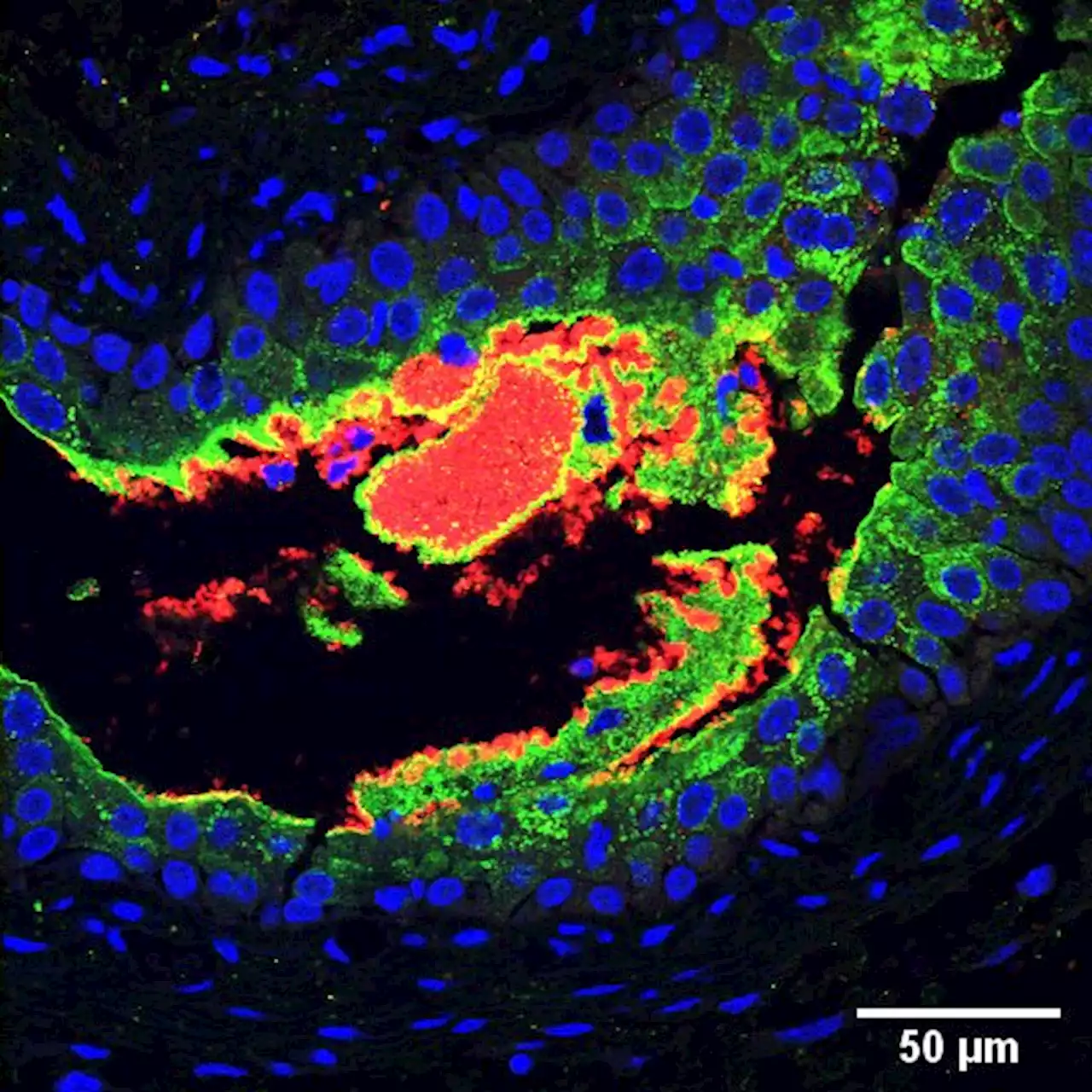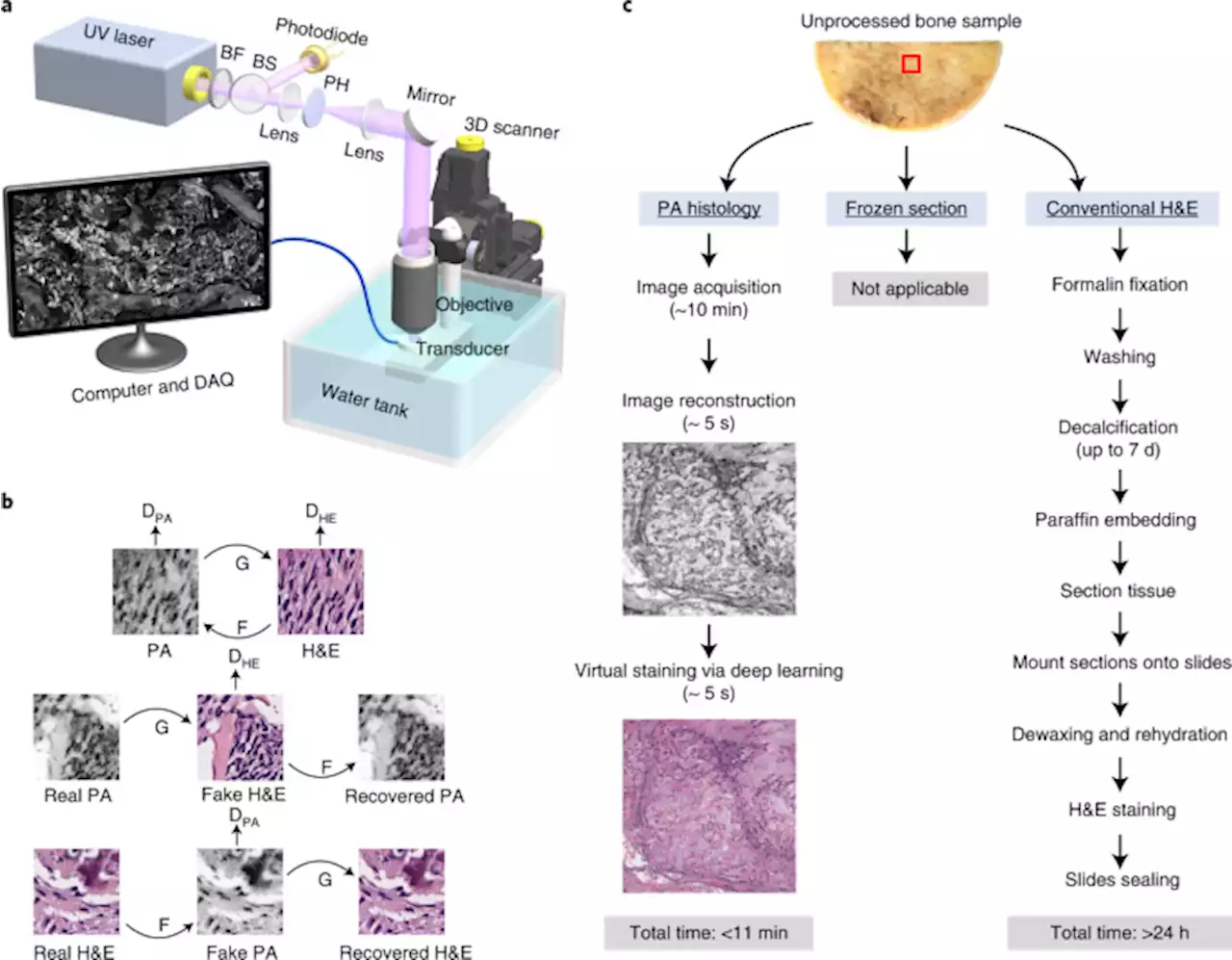Measuring Nanowire-Substrates Thermal Boundary Conductance with Ease NatureComms nanowires nanoanalysis
By Bhavna KavetiSep 20 2022Reviewed by Susha Cheriyedath, M.Sc. Any changes in the surface or dimension in nanoscale devices alter their thermal transport. Hence, controlling thermal transport is critical in these devices.
These measurements agree with acoustic mismatch theory for a broad range of substrates. Despite performing numerical simulations, the open question on the mechanism underlying thermal boundary conductance remained unanswered. The present work could serve as guidance for the thermal engineering of next-generation superconducting nanowire single-photon detectors.
Related StoriesPhase slip in a thin superconducting wire occurs on the scale of the superconducting coherence length, and phase-slip coherent tunneling is affected by heating in phase-slip junctions. Superconducting nanowire single-photon detectors rely on localized hotspots to detect infrared photons. Here, the energy deposited into the superconducting nanowire single-photon detectors is gradually released into the substrate as phonons.
Although this type of quantification was previously reported, it was restricted to the micrometer scale, one substrate type, and did not match the theoretical expectations. Furthermore, some values for the thermal boundary conductance reported in the literature were larger than the theoretical values. In contrast, the reinterpretation of others through the present scheme agreed with the theoretical values.
South Africa Latest News, South Africa Headlines
Similar News:You can also read news stories similar to this one that we have collected from other news sources.
 Wabi-Sabi house celebrates simplicity and Utah’s natureWabi-Sabi house by Sparano + Mooney Architecture combines simplicity, minimalism and a striking natural site
Wabi-Sabi house celebrates simplicity and Utah’s natureWabi-Sabi house by Sparano + Mooney Architecture combines simplicity, minimalism and a striking natural site
Read more »
 Genome-wide association study of musical beat synchronization demonstrates high polygenicity - Nature Human BehaviourNiarchou et al. identify 69 genomic loci associated with people’s synchronization to a musical beat. The genetic architecture of beat synchronization was enriched for genes involved in early brain development and lifelong brain function.
Genome-wide association study of musical beat synchronization demonstrates high polygenicity - Nature Human BehaviourNiarchou et al. identify 69 genomic loci associated with people’s synchronization to a musical beat. The genetic architecture of beat synchronization was enriched for genes involved in early brain development and lifelong brain function.
Read more »
 New BBC programme highlights the unique nature of Flamborough village this weekFlamborough sits in a unique position surrounded by sea on three sides and man-made Danes Dyke on the other. It is this unique geography that has not only shaped the history of the village but also its people, according to archaeologist Ben Robinson.
New BBC programme highlights the unique nature of Flamborough village this weekFlamborough sits in a unique position surrounded by sea on three sides and man-made Danes Dyke on the other. It is this unique geography that has not only shaped the history of the village but also its people, according to archaeologist Ben Robinson.
Read more »
 Selective suppression of melanoma lacking IFN-γ pathway by JAK inhibition depends on T cells and host TNF signaling - Nature CommunicationsTumor loss of IFN-γ signalling is a major mechanism of resistance to immune checkpoint blockers. Here the authors report that melanoma cells with knockout of IFNγR1 show constitutive JAK1/2 activation and that the JAK1/2 inhibitor ruxolitinib can overcome resistance to anti-CTLA-4 therapy.
Selective suppression of melanoma lacking IFN-γ pathway by JAK inhibition depends on T cells and host TNF signaling - Nature CommunicationsTumor loss of IFN-γ signalling is a major mechanism of resistance to immune checkpoint blockers. Here the authors report that melanoma cells with knockout of IFNγR1 show constitutive JAK1/2 activation and that the JAK1/2 inhibitor ruxolitinib can overcome resistance to anti-CTLA-4 therapy.
Read more »
 New study explains the link between diabetes and urinary tract infectionsLower immunity and recurring infections are common in type 1 and type 2 diabetes. Researchers at Karolinska Institutet in Sweden now show that the immune systems of people with diabetes have lower levels of the antimicrobial peptide psoriasin, which compromises the urinary bladder's cell barrier, increasing the risk of urinary tract infection. The study is published in Nature Communications.
New study explains the link between diabetes and urinary tract infectionsLower immunity and recurring infections are common in type 1 and type 2 diabetes. Researchers at Karolinska Institutet in Sweden now show that the immune systems of people with diabetes have lower levels of the antimicrobial peptide psoriasin, which compromises the urinary bladder's cell barrier, increasing the risk of urinary tract infection. The study is published in Nature Communications.
Read more »
 Label-free intraoperative histology of bone tissue via deep-learning-assisted ultraviolet photoacoustic microscopy - Nature Biomedical EngineeringUltraviolet photoacoustic microscopy in reflection mode can be used to intraoperatively evaluate undecalcified and decalcified thick bone specimens without sectioning them.
Label-free intraoperative histology of bone tissue via deep-learning-assisted ultraviolet photoacoustic microscopy - Nature Biomedical EngineeringUltraviolet photoacoustic microscopy in reflection mode can be used to intraoperatively evaluate undecalcified and decalcified thick bone specimens without sectioning them.
Read more »
